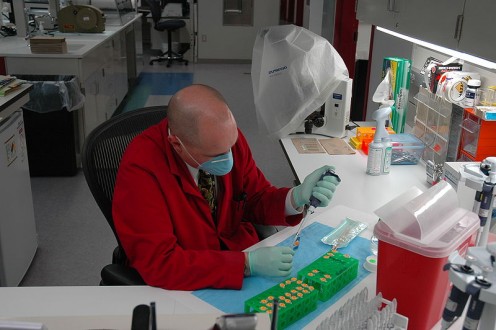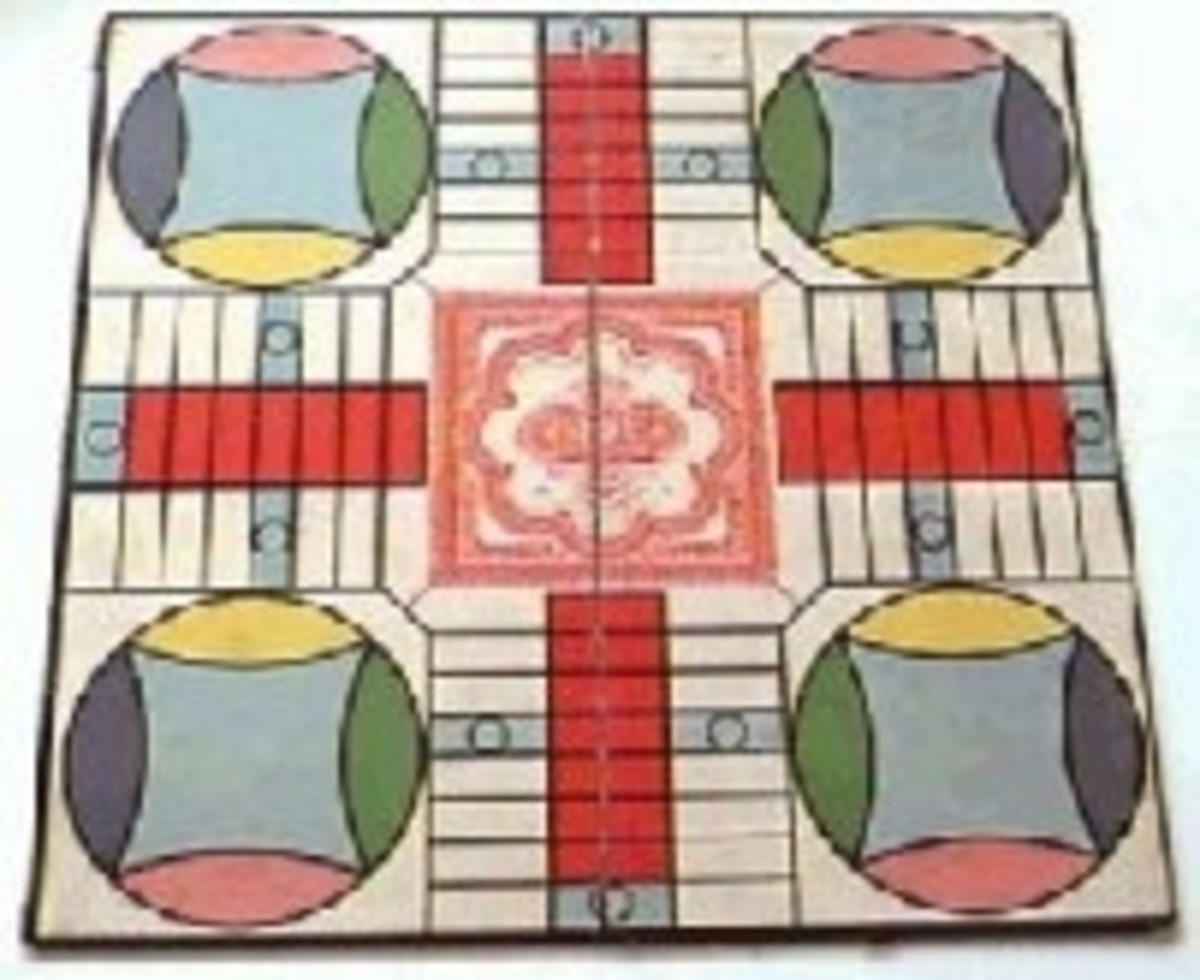How Kids Have Changed

2 x 2 = 22
2 x 2 = 22 was the answer given by an adult in a GED class in the mid-1990s, having not multiplied very often and having no knowledge of mulitiplication tables. Tables for the 2s through 12s are good to know.
Increasingly, middle and high school students are trained not to learn multiplication tables, but to rely on calculators. My immediate response is always to think of the power source dying. Stores and restaurants can't do business when the power dies and perhaps neither will our brains, soon. At the same time, graduate statistics professors instructed us not to memorize long formulas if we could look them up in a manual; however, they taught us how to derive the formula logically if we should be without a source for finding those formulas. That makes sense.
With a dead calculator, high school students can hopefully begin adding quickly, using some sort of writing materials. They are also sure to remember some multiplication from seeing results in a calculator window often enough. There is hope.
This brings me to the topic of how the culture of kids that receive education in America has changed in the last 20 years: 1990 - 2010. Children and youth of today live in a world in which the US Shuttle Program has always operated. We've always talked of flying to Mars. In 1992, the federal government funded an operational SETI project through NASA to search Search for Extraterrestrial Life. Non-profits carry on the search today.
What else is different?

Beloit College Mindset List
Targeting the frame of reference for young people attending college from 2010 - 2014, Beloit College in Wisconsin has prepared a list of cultural descriptions as they have done for youth since 1998.
A few items from this 75-element list of mindset components were listed in local newspapers across the country in August 2010 and this publication led me to look at the entire list. College professors and instructors are cautioned not to use references that occurred before the class of 2014 was born, especially low-tech references that will bring blank stares from the gallery
Several of the items on this mindset list are incredible. While many are about pop culture types of data, several started me thinking...
How To Get A Job
- Get the job of your dreams: Post-interview Follow-up
- How to Find a Job During a Recession
In order to secure employment during a recession, visit one of your local branches of your county Workforce Investment Act entities. Look in the County Government Pages of your local telephone directory or call Information. In the US States, this...

Technology
Anyone in the college graduating class of 2014, or younger, has lived a lifetime in the digital realm.
- Most youth do not know how to write in cursive. They keyboard, text, and print when needed.
- Many college students seem to have a smart-card ID/bus pass, slimline laptop (or netbook), an iPhone (or Blackberry), an iPad, and a Kindle reader that contains their textbooks. All of this gear can be carried in a slim packet, eliminating even the backpack.
- Since not all resources are posted on the Internet, students learn to research hardbound books and periodicals and find it time-consuming and frustrating. Some students pay others to do such research, if it is required in their term papers. In fact, some students putchase entire term papers from term paper companies.
- Sudents can take any classes online. The Internet has existed all of their lives.
Global Economy
Beloit College researching finds that the term global economy is coming into the United States faster and more thoroughly than many expect. A full 25% of college graduates in 2014 will be the child of at least one immigrant to the USA. In the 1960s - 1980s, the languages Russian, German, and French were useful in science and technology. Today, they are useful in business more than in science, but Chinese has become very important, along with Japanese. Russians and Americans have lived together in space on the International Space Station scine these 2014 grads were born. Many other nations have developed space programs in this time.

Science and Crime
The 2014 graduates and the youngsters following behind have always known a world of DNA evidence as seen on television's Law and Order (1990 - 2010, and counting) and its spinoffs, and the newer CSI and NCIS and related spinoffs that promote criminology and forensics careers. They also draw attention to the human genome studies ongoing at the Smithsonian Institution, IBM, and National Geographic in a partnership to trace overall human migration (see human migration) back to the beginning.
Entertainment: Film Ratings
Students born since 1992 have watched movies under the rating system designed in 1990 by the Motion Picture Association of America.
- G: General Audiences — All ages admitted
- PG: Parental Guidance Suggested — Some material may not be suitable for children
- PG-13: Parents Strongly Cautioned — Some material may be inappropriate for children under 13
- R: Restricted — Under 17 requires accompanying parent or adult guardian
- NC-17: No children under 17 admitted, changed in 1995 to No One 17 and Under Admitted.
Recent Changes
- A new element in the rating system was incorporated in 2007, that being the consideration of smoking scene in film ratings. I am unsure how that operates, but apparently Disney no longer displays smoking in their G, PG, and PG-13 movies.
- The number of harsh sexual profanities in the PG-13 rating category seems to be blurring. Generally, it's been limited to 4, but I've found twice that in some, contained in the background songs as well as dialogue.
- The other film phenomenon I am noticing is that PG-13 movies are featuring increasing amounts of violence overall and gunfire specifically, but without any blood, even with victims of automatic weapons and in violent war scenes.
The effect of all this on kids younger than college age today will be interesting to see.
Ratings have been placed on television shows and video games as well as movies and the grads of 2014 have had XBOX since they were 9 or 10 years old. Video games are a big part of the kid culture these days - and of adult lifestyles as well.
Mindset of Graduating Years 2002 - 2014









